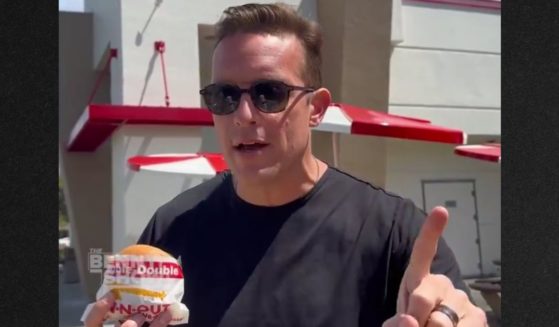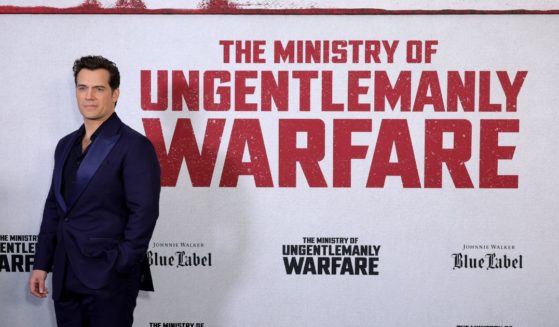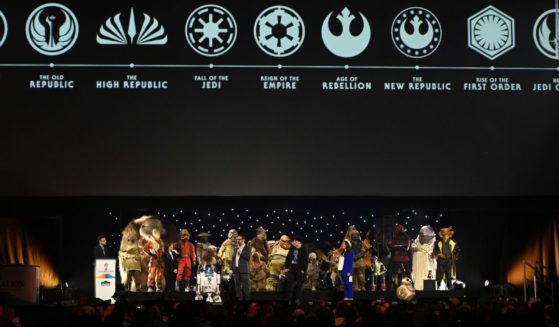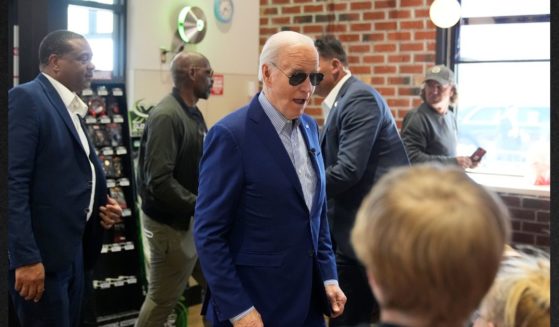Over 100 of America's Best-Loved Cartoonists Lived in a Single Connecticut County During the 1950s
It was during the peak years of the American Century that Fairfield County, Connecticut, became the home of over 100 comic-strip cartoonists, gag cartoonists and magazine illustrators.
From the 1950s through the 1990s, the all-embracing subculture of art found itself juxtaposed against the all-too-serious backdrop of those city “office jobs” that were considered “normal,” according to Cullen Murphy, editor-at-large for Vanity Fair.
In his new book “Cartoon County,” Murphy recalls life under this subculture, where artists lived no more than a stone’s throw away from each other and a full-time job was anything but your average nine to five.
“To my seven siblings and me, and so many others we knew, ‘normal’ was something else entirely,” Murphy stated. “Normal was coming home from school and finding a father who had done nothing but draw pictures all day while watching ‘Million Dollar Movie’ on TV.”
“He might not have changed his rumpled clothes since rolling out of bed,” he added, recalling the bit of Bohemia that invaded the “artist life” compared to the fine suits worn by other working men.
Murphy’s father, John Cullen Murphy, was a proud artist for the ever-popular comic strips “Prince Valiant” — which Cullen collaborated on with his father until 2004 — and “Big Ben Bolt.”
However, John Murphy was just one among the tight-knit group who’d spend their days in Fairfield creating strips that would be seen by millions of people, including “Beetle Bailey,” “Little Orphan Annie” and “Hägar the Horrible,” among others.
However, the origins of each artists’ story were just as unique as the drawings themselves — with many of their journeys beginning in World War II.
Though each artist had their own background and level of schooling, most had served in the war, and some, such as John Murphy, got to continue their line of work while serving.
Murphy, who served with the 7th Regiment of the U.S. Army, had been trained for bomb disposal until the day an officer asked him for an odd favor — to draw a caricature of General William Marquat.
Thanks to this drawing, John Murphy earned a reputation as an artist, and he was assigned to paint portraits of other generals, and even a few political figures.
In addition to the camaraderie that came from serving in the war, geography and money came into play as each artist settled down in Fairfield.
Needing to stay close to New York — where the magazines, publishers and comic-strip syndicates were based — but still unable to afford what the city offered, Fairfield was a logical option.
The “Cretaceous revolution” thus began in the 1950s, Cullen Murphy suggested, where many newspapers held within them thick section just for comics.
Though Cullen indicated that opportunities for employment were endless and artists knew they had a serious job to do in order to satisfy the millions of readers, there were days where the life of a cartoonist was truly surreal — and bizarre.
“My brothers and sisters and I were always welcome in my father’s studio, though a visit posed the obvious risk that some photographs would need to be taken and the next hour would be spent on a ladder with the camera,” Murphy recalled.
“On one occasion, when I was eight or nine, I had to assume the guise of the son of a snake charmer, posing shirtless and wearing a turban fashioned of diapers,” he added, detailing the humor that would often invade his father’s work life.
And though it was anything but normal, it is a little slice of history that Murphy hopes to capture in his book for others to enjoy.
“I was drawn powerfully to this world of my father’s, yet remember knowing even then that its days were numbered and that before long it would disappear,” he said. “I wished there was some way to hold on to it forever, not then understanding that in fact there was.”
Truth and Accuracy
We are committed to truth and accuracy in all of our journalism. Read our editorial standards.












